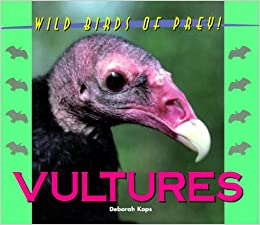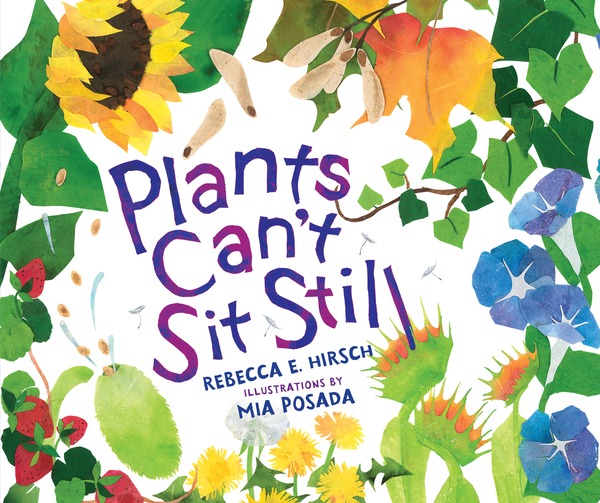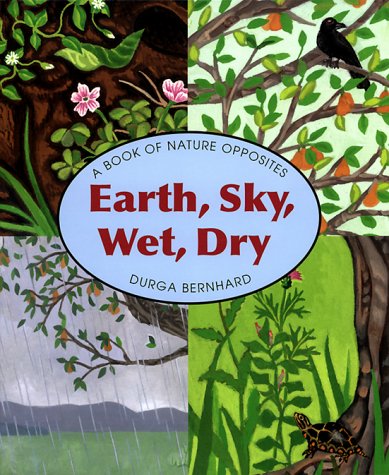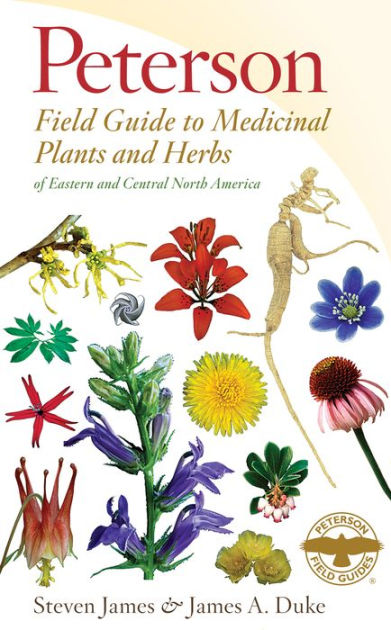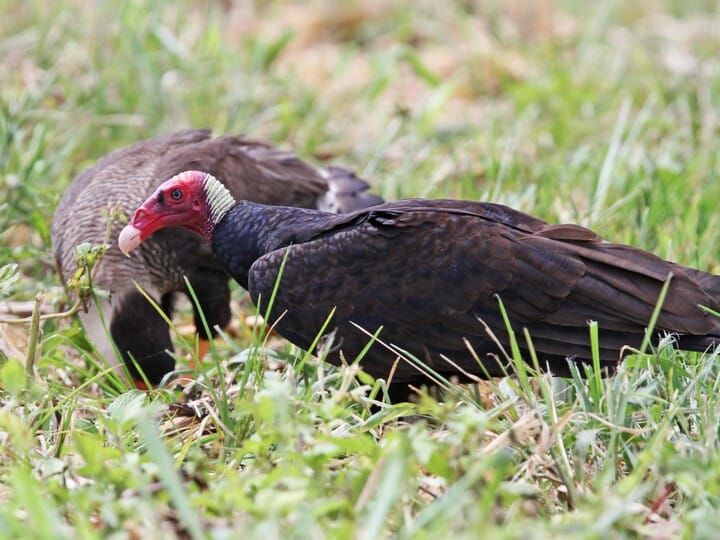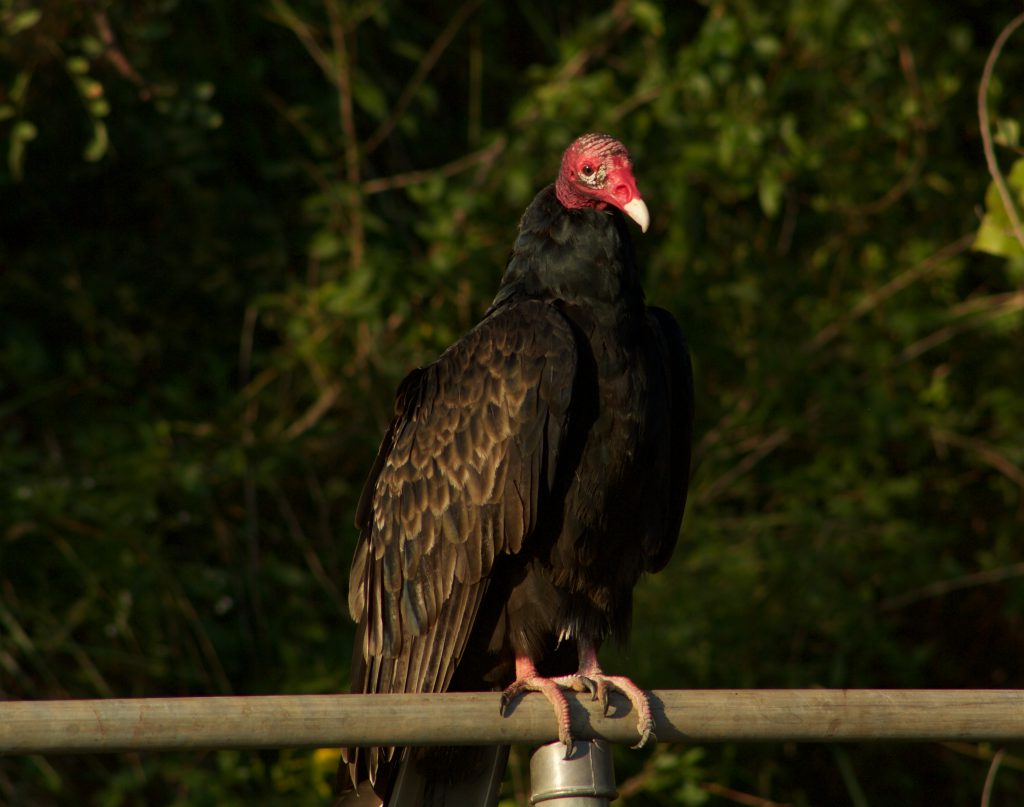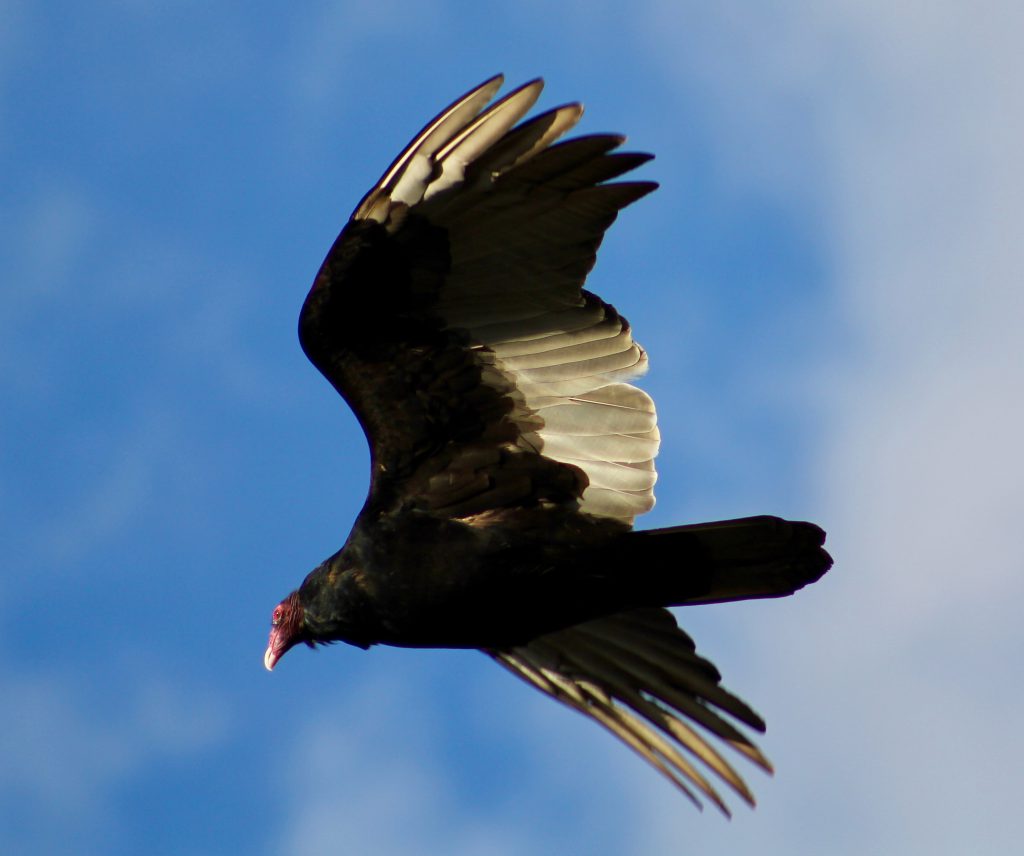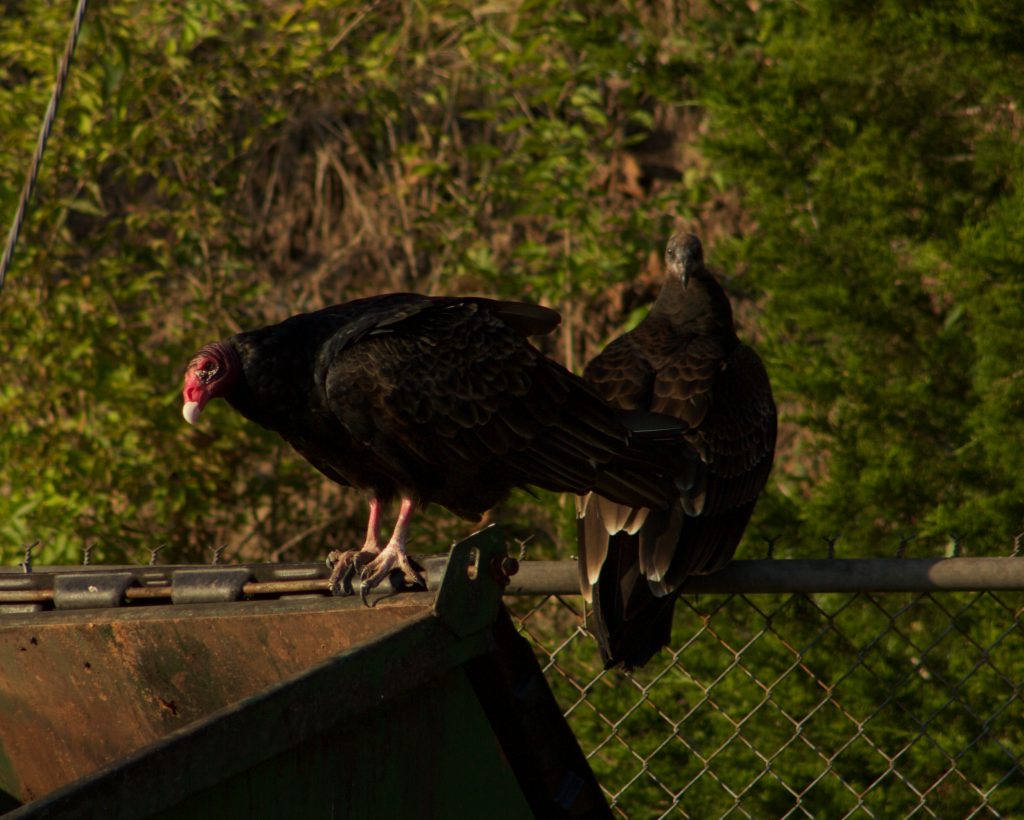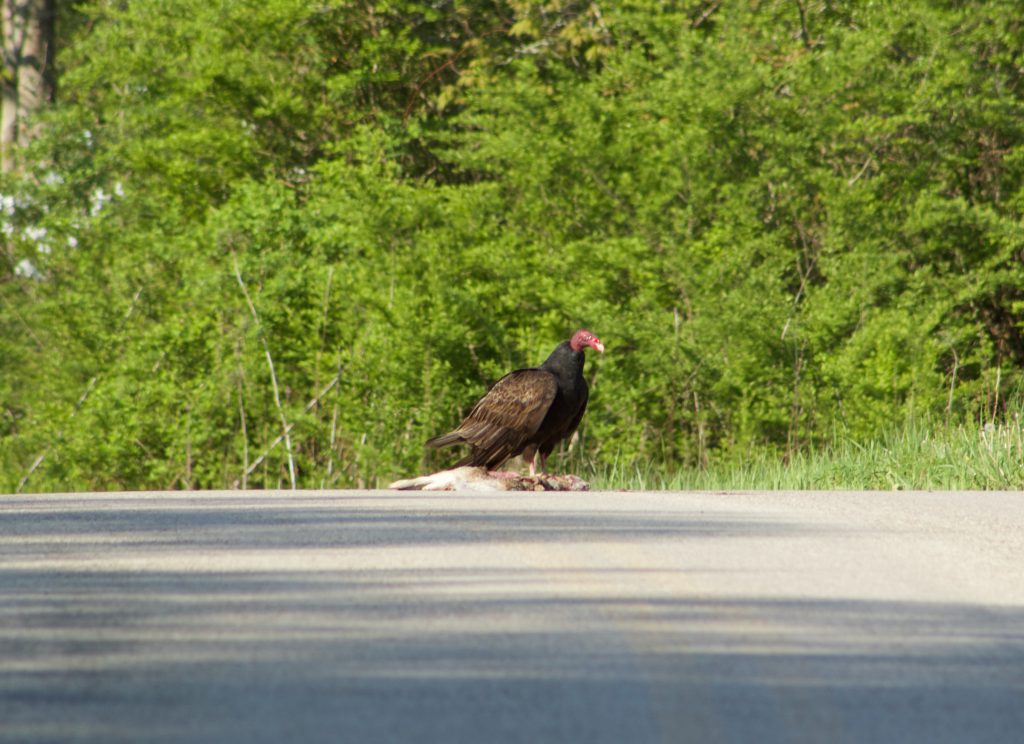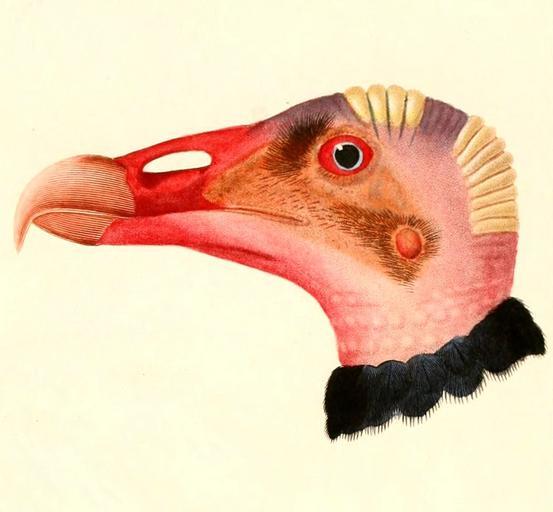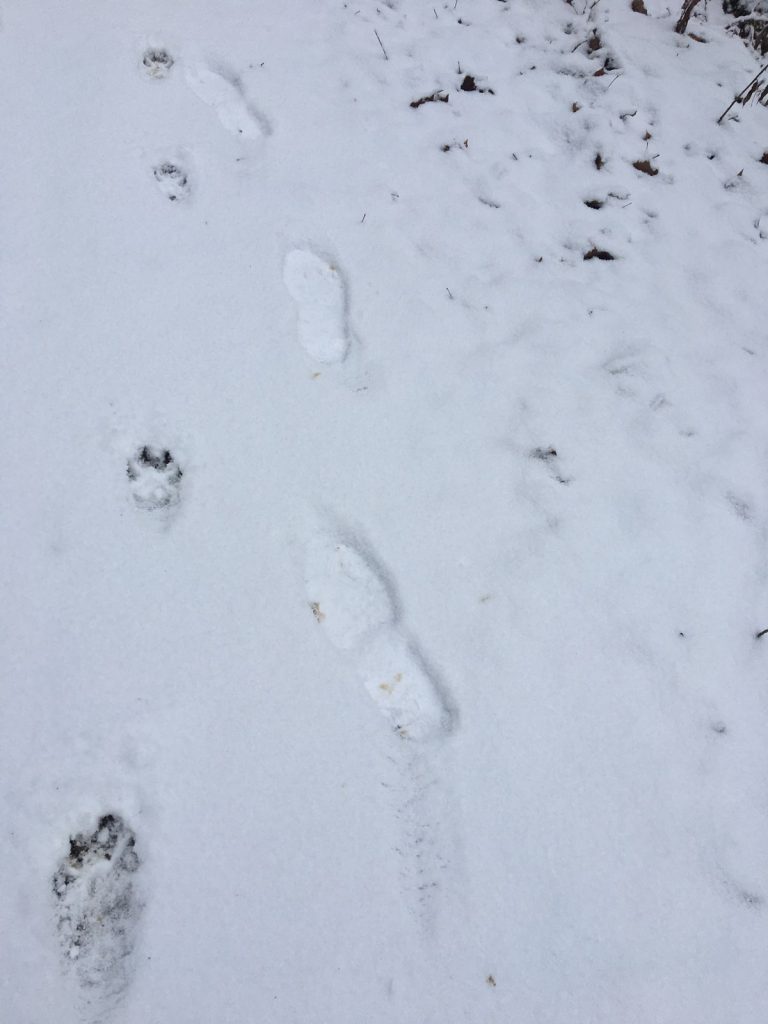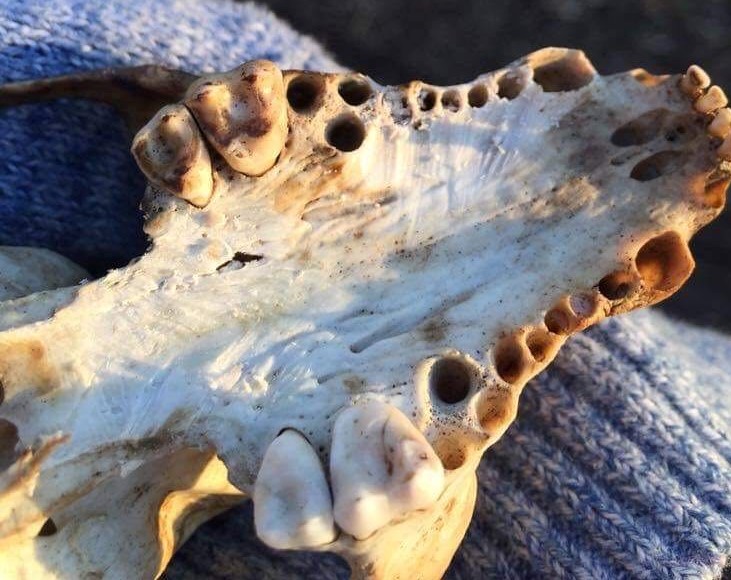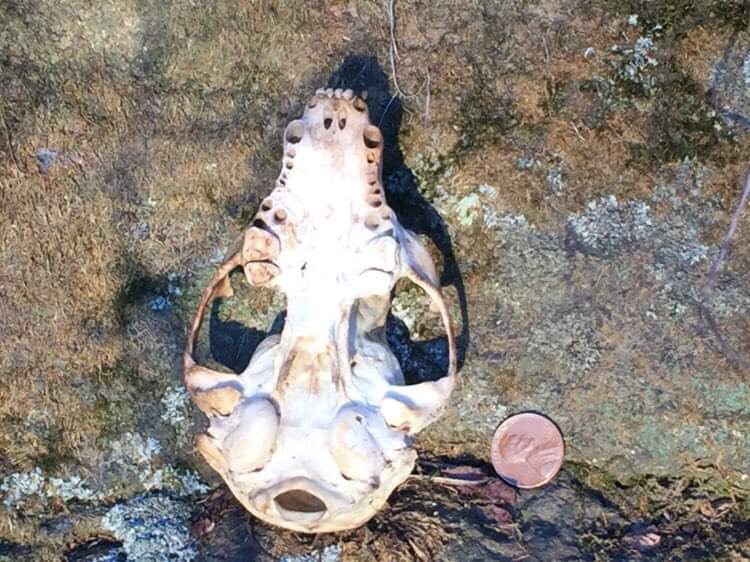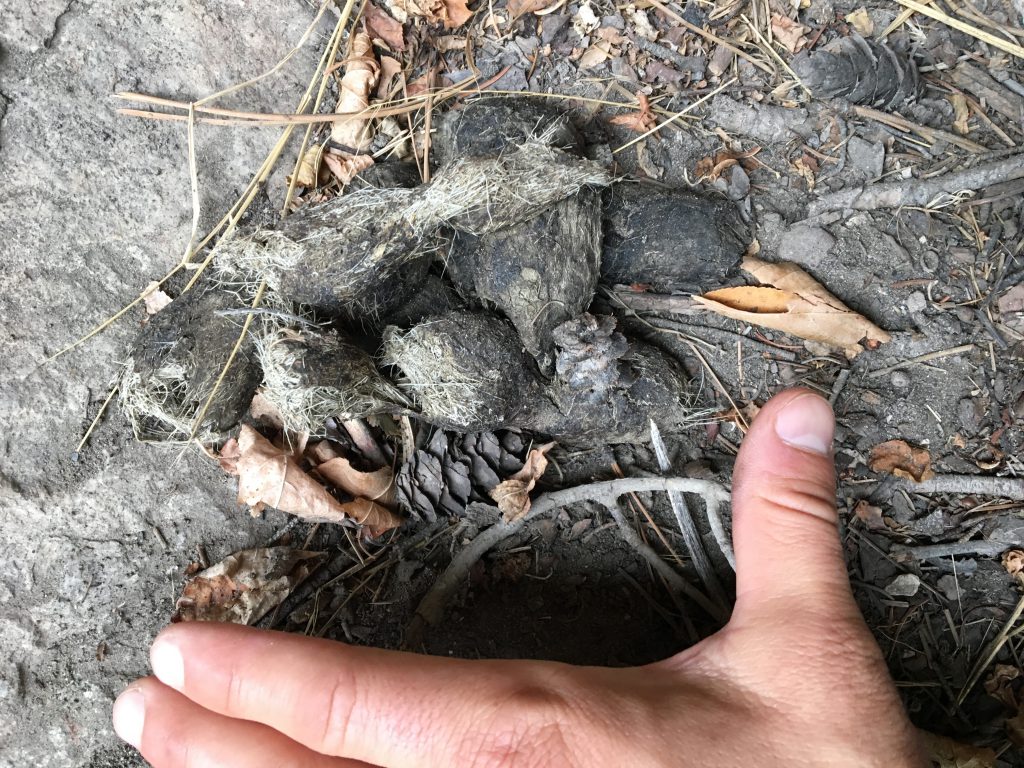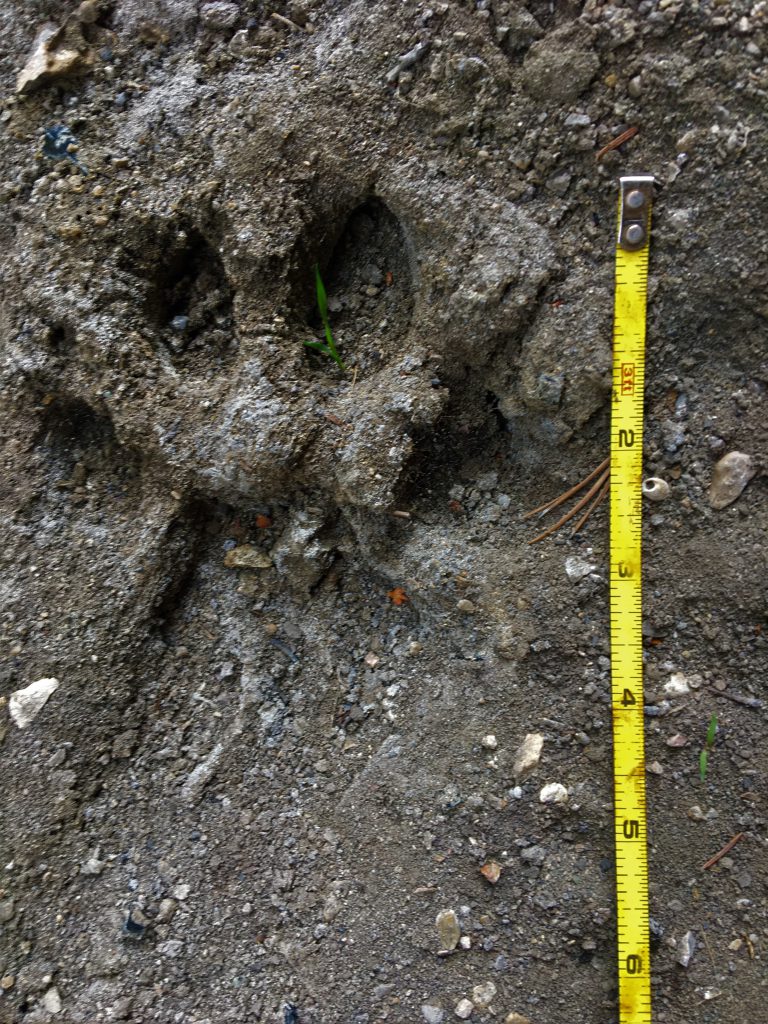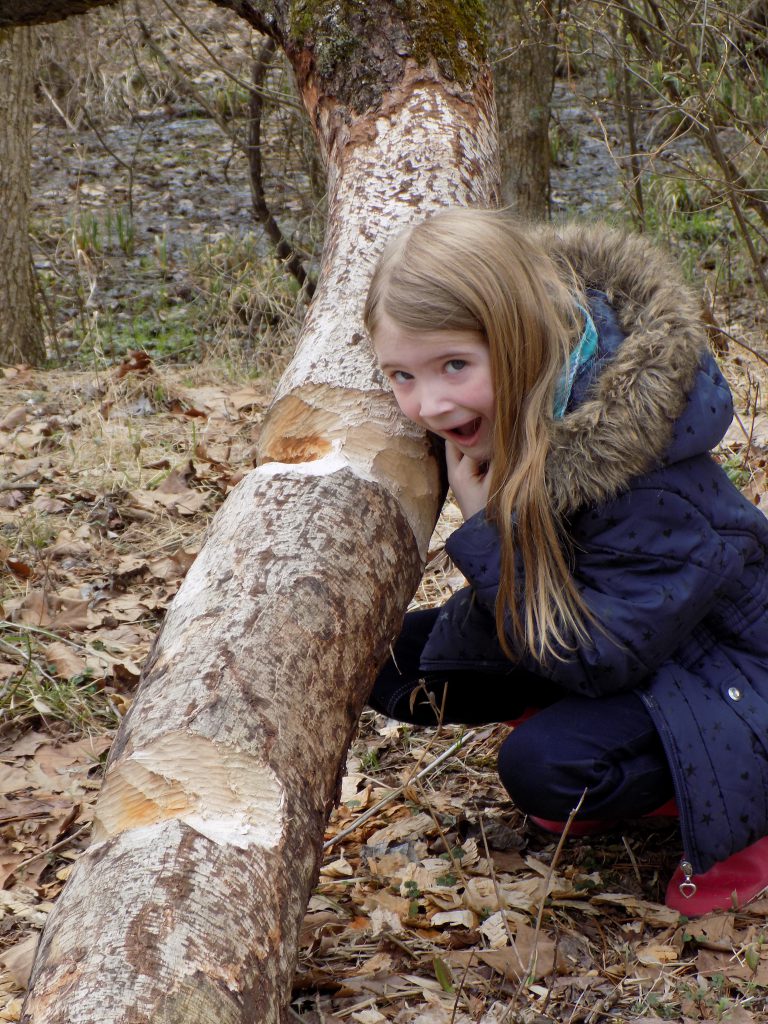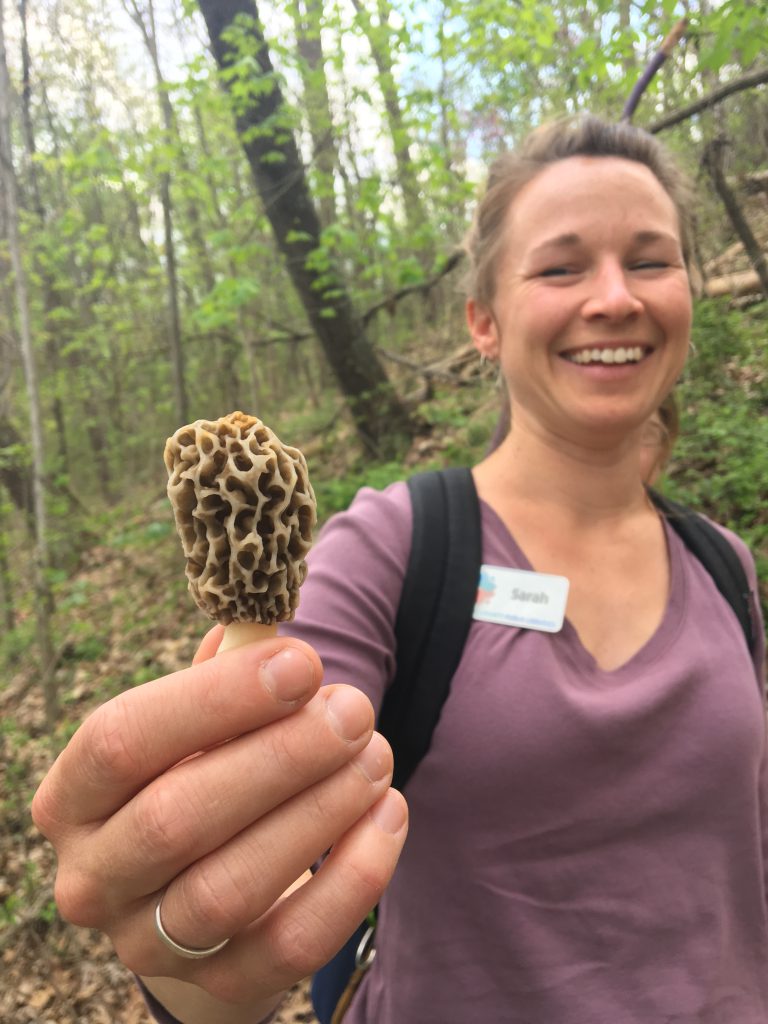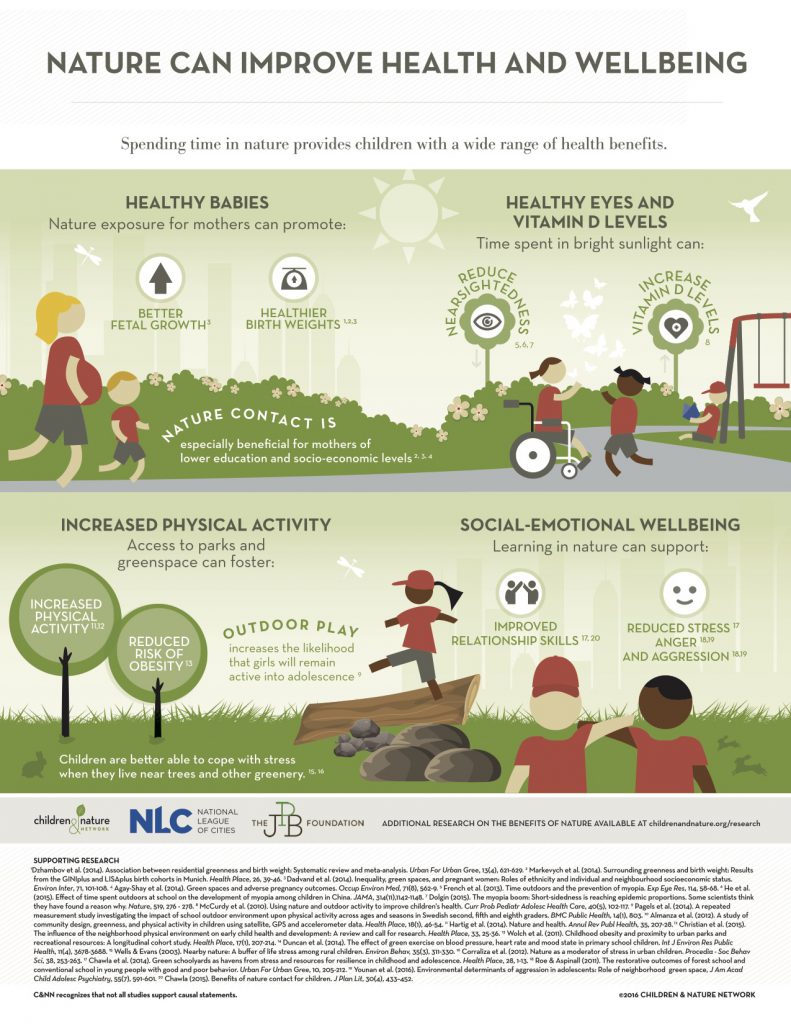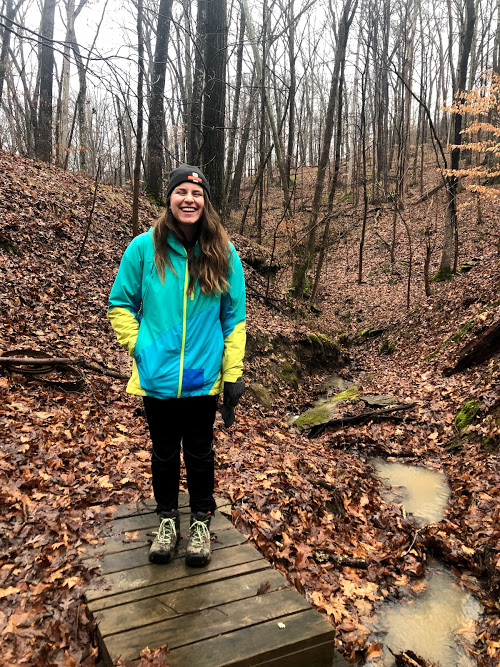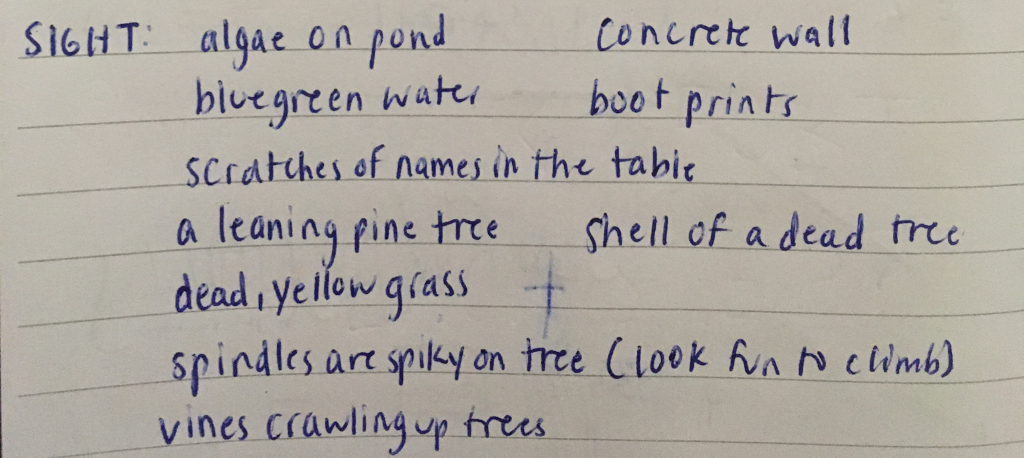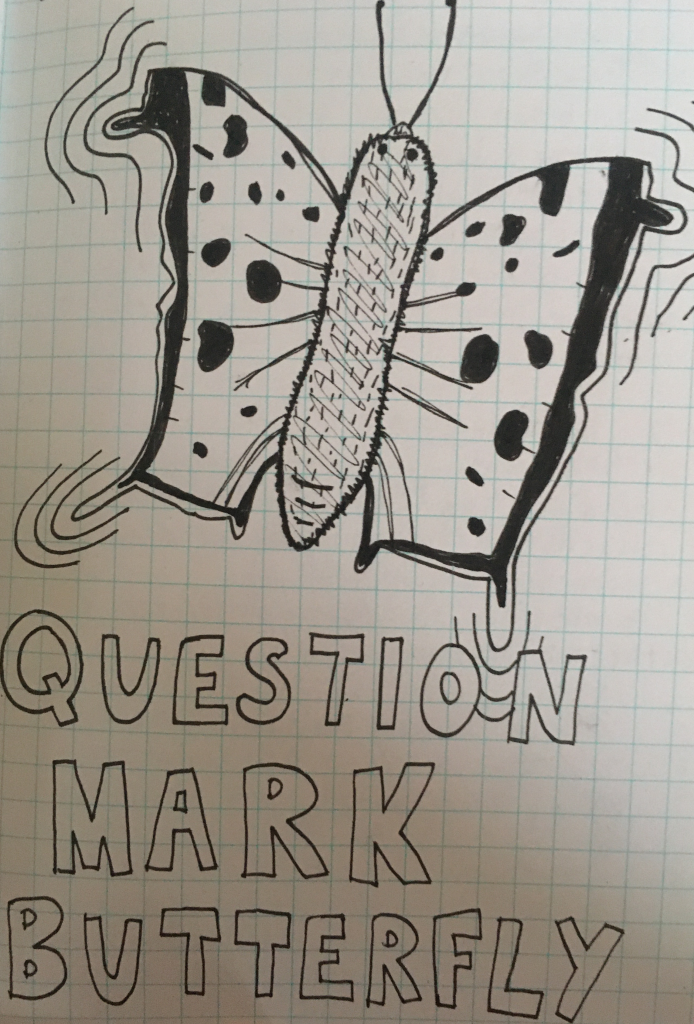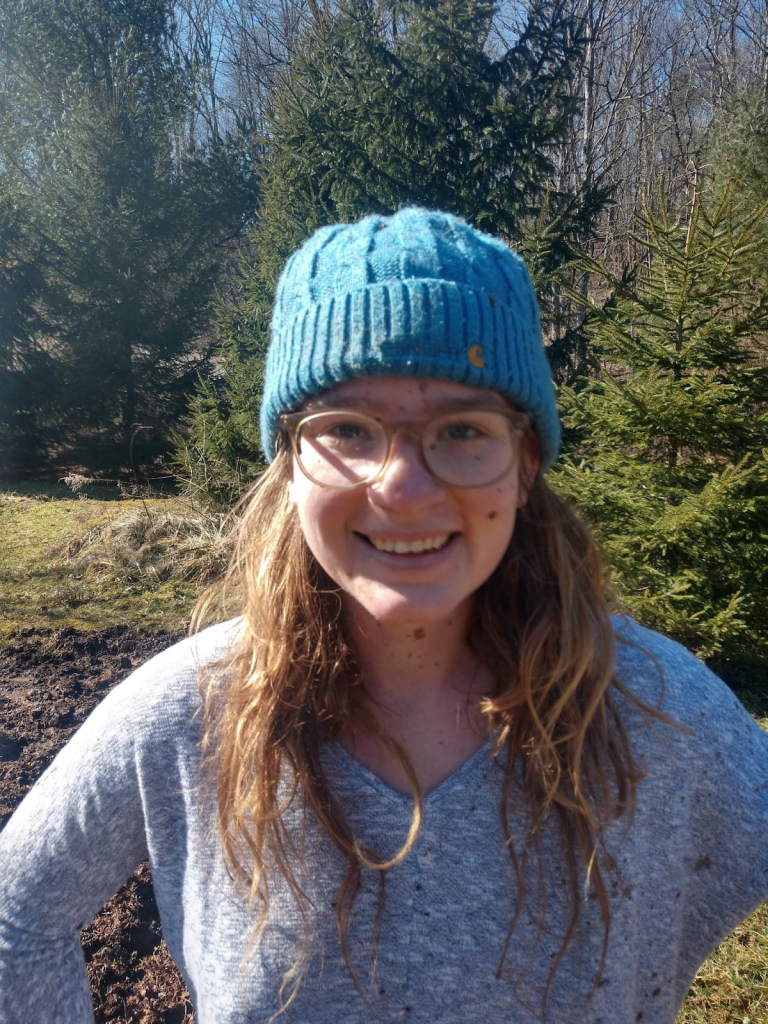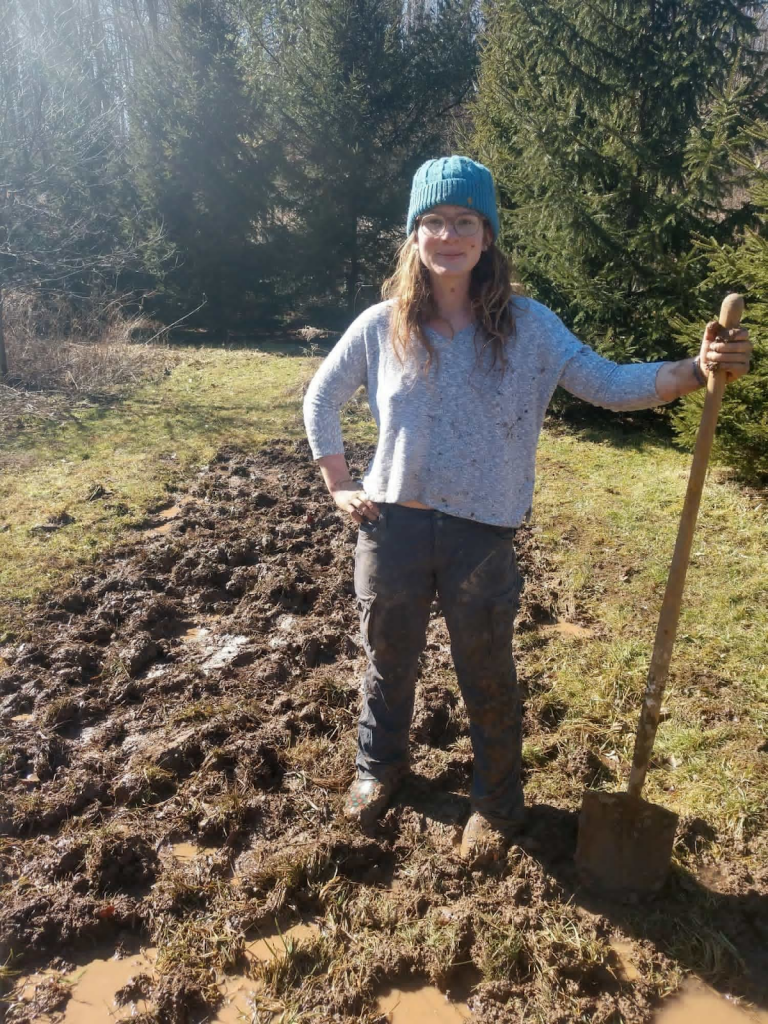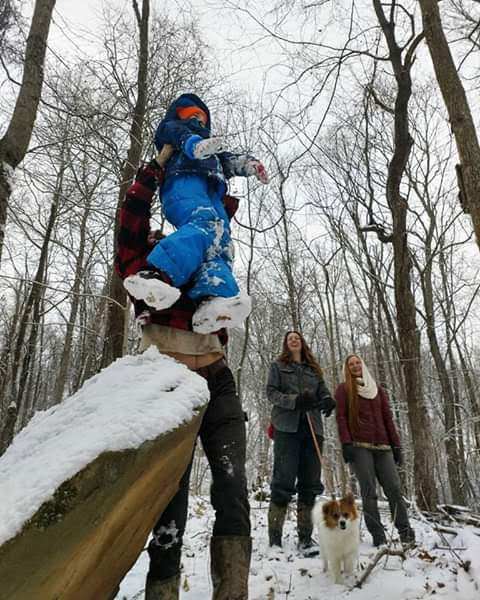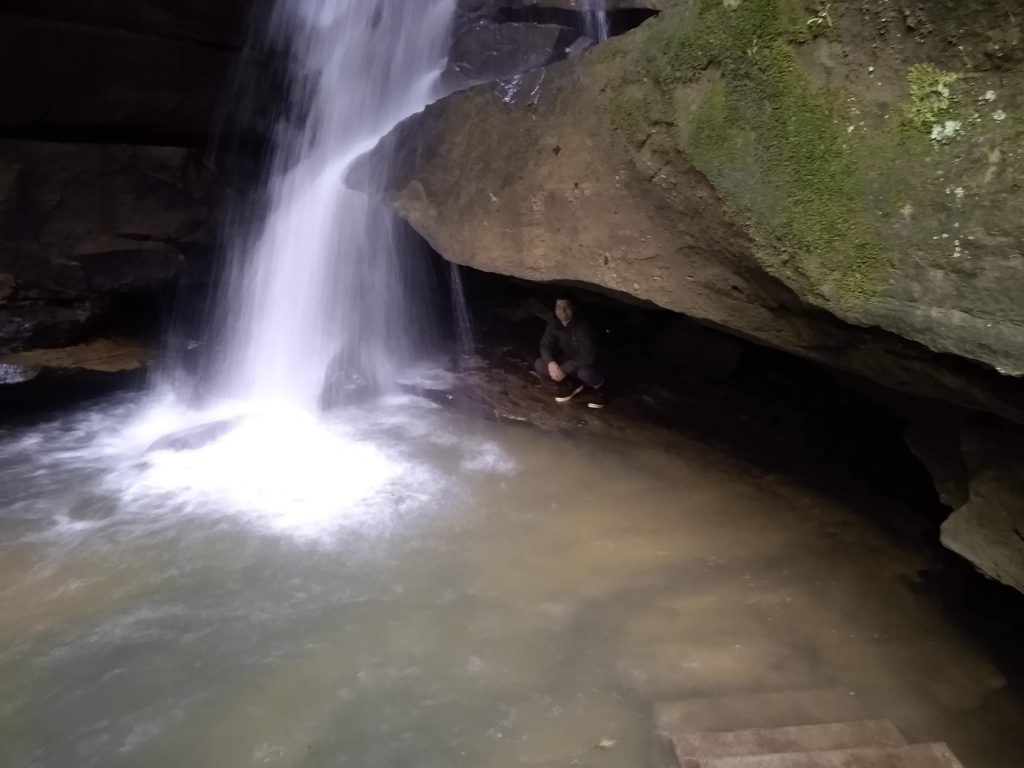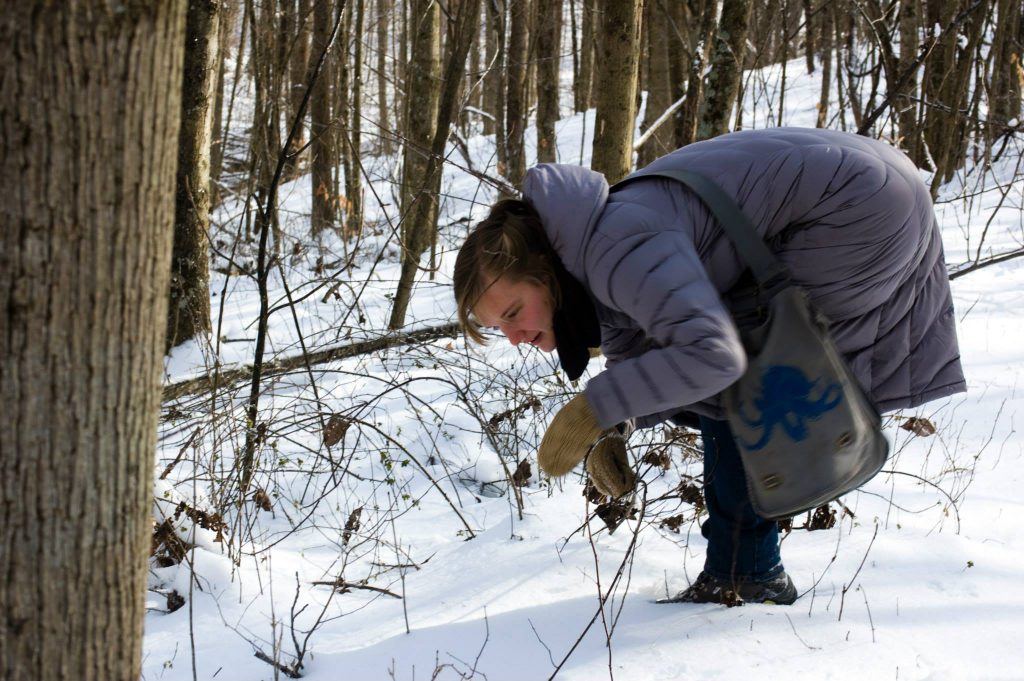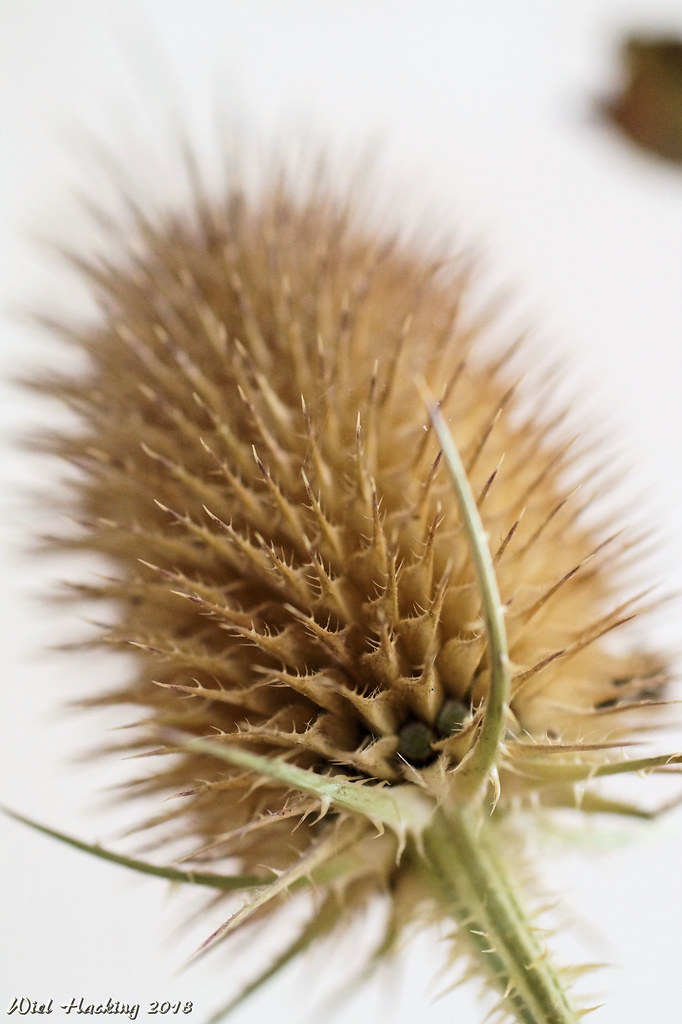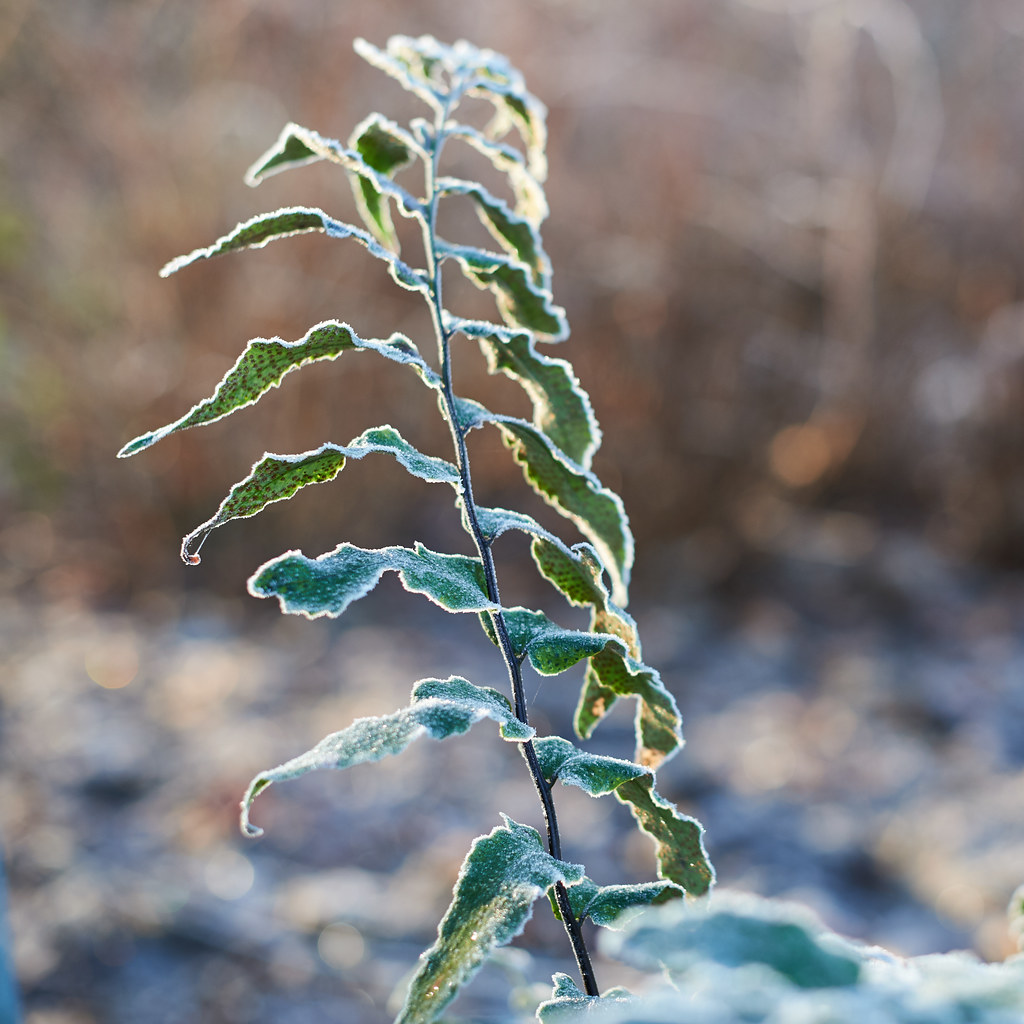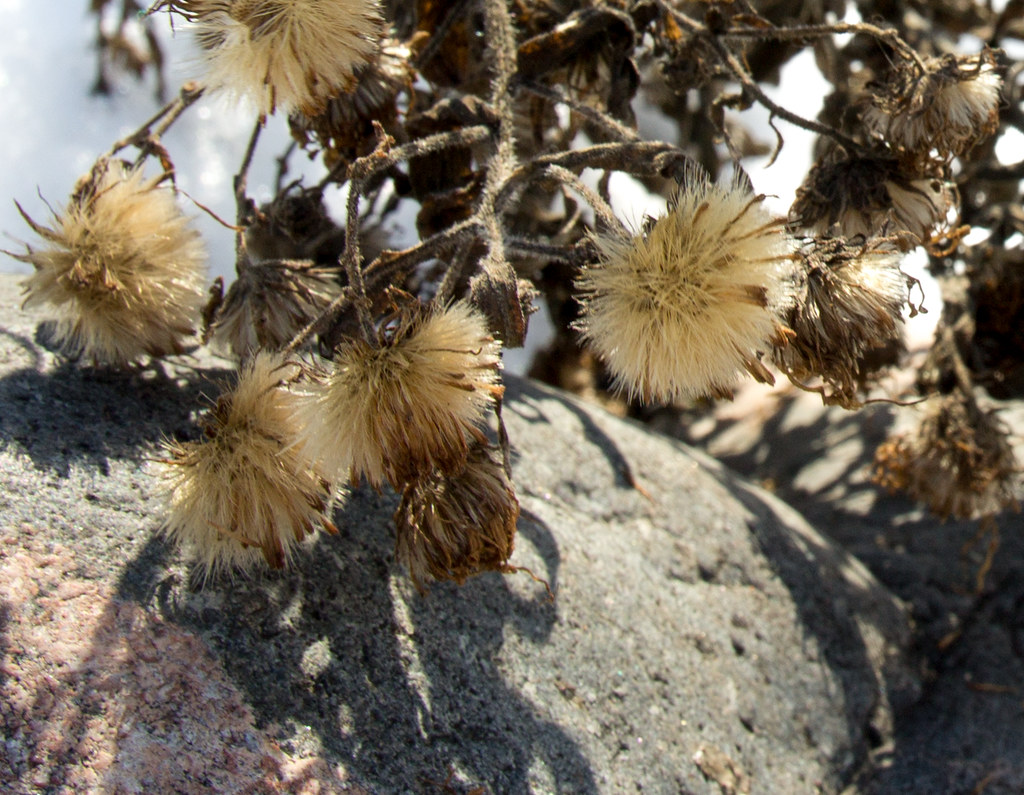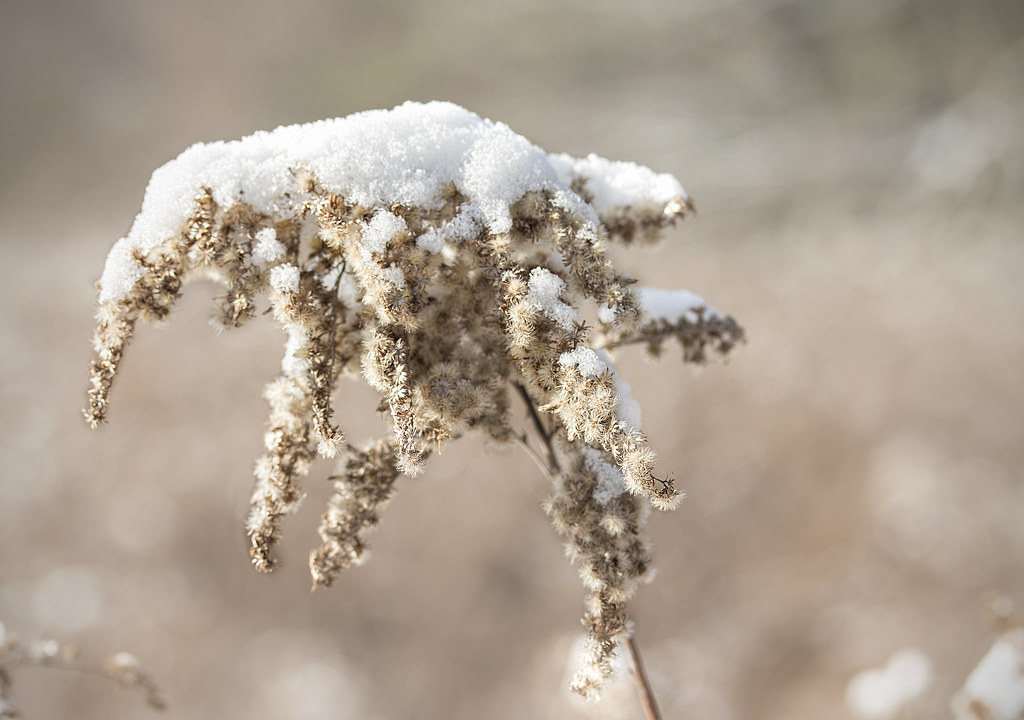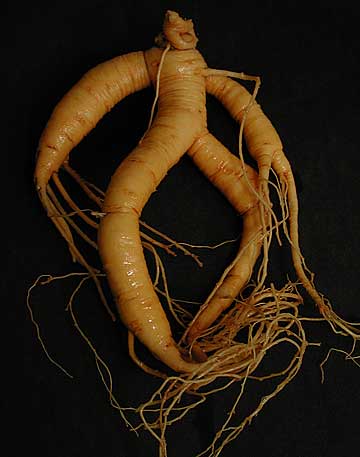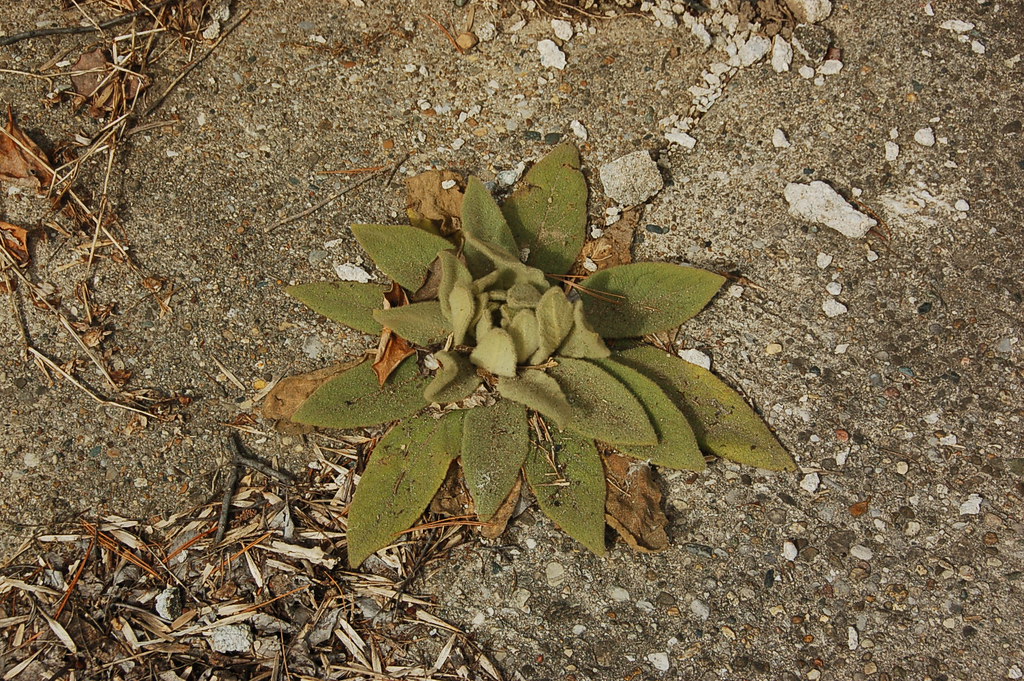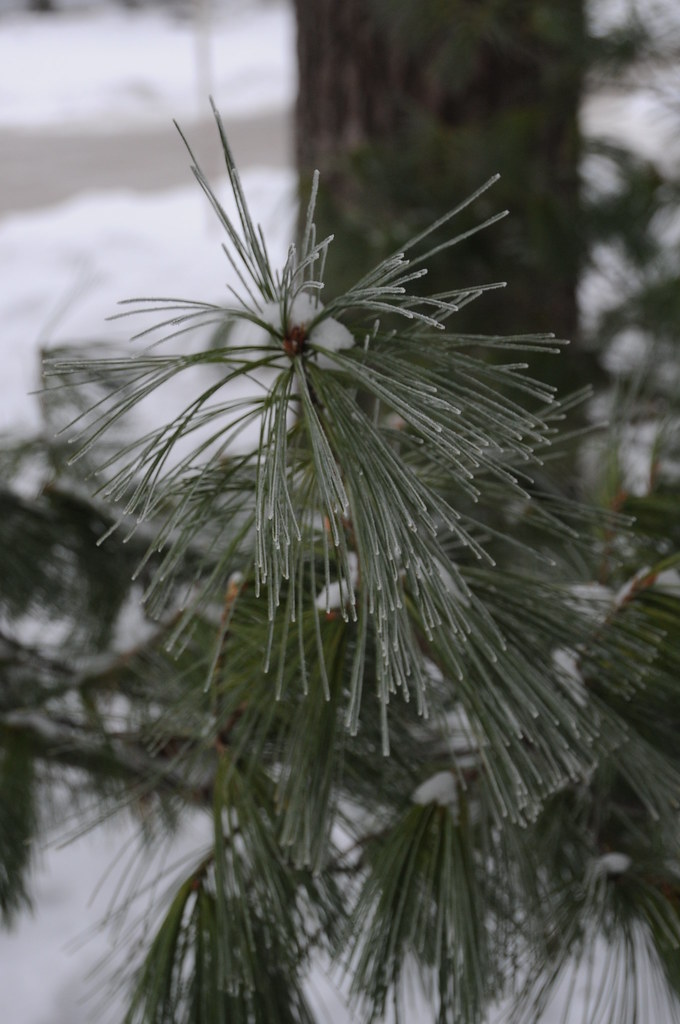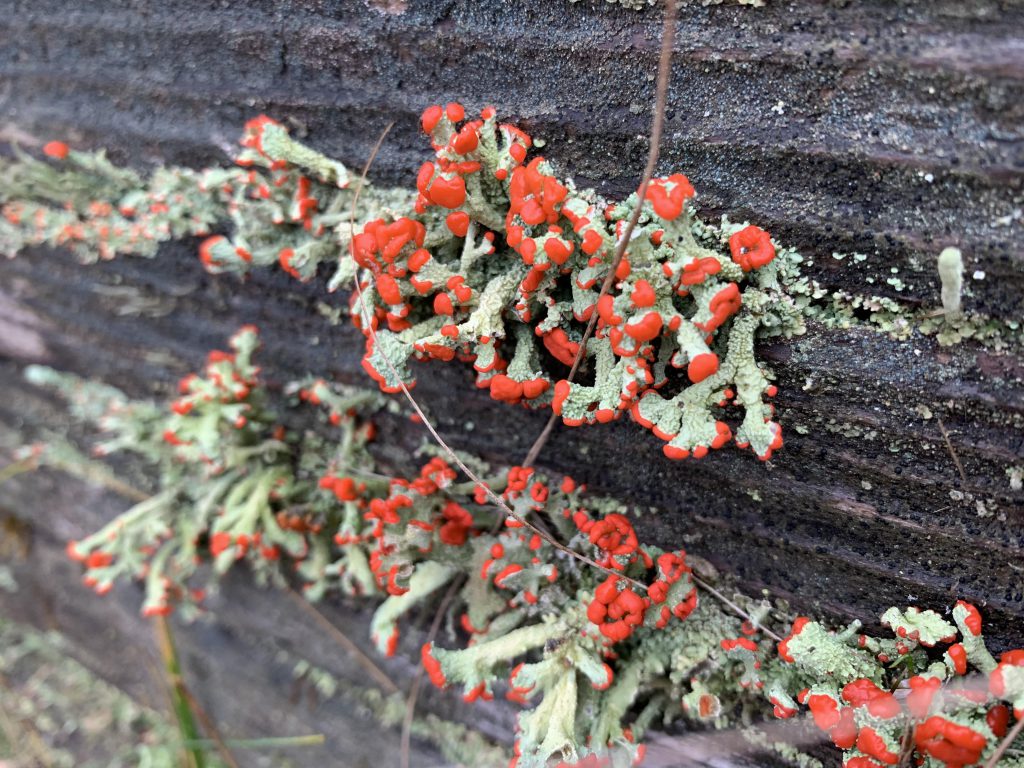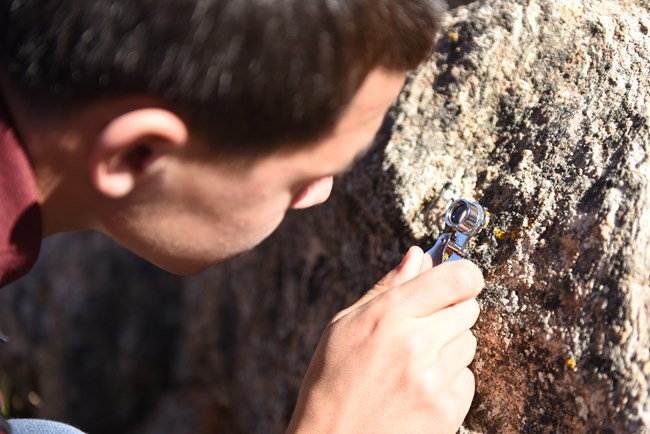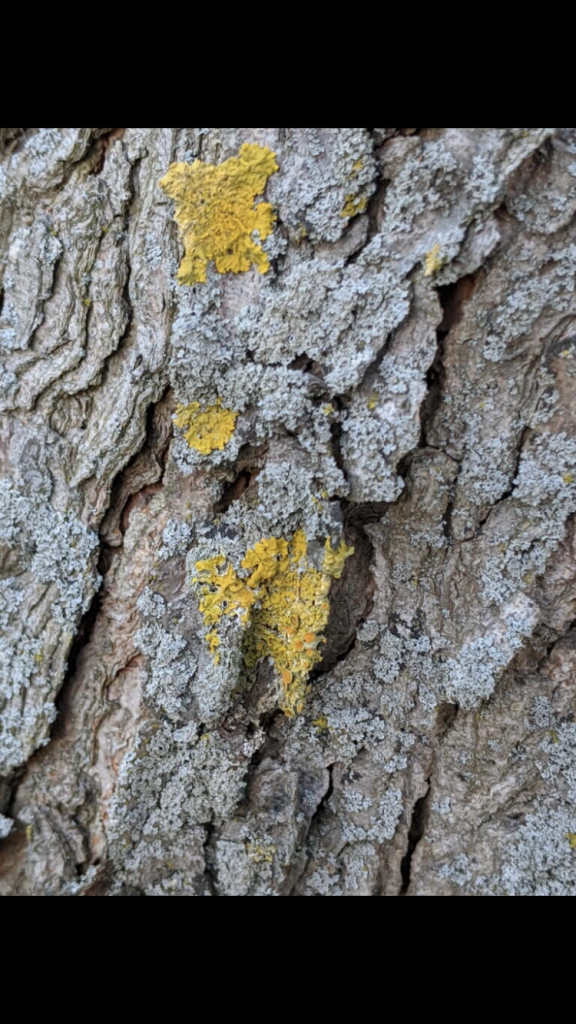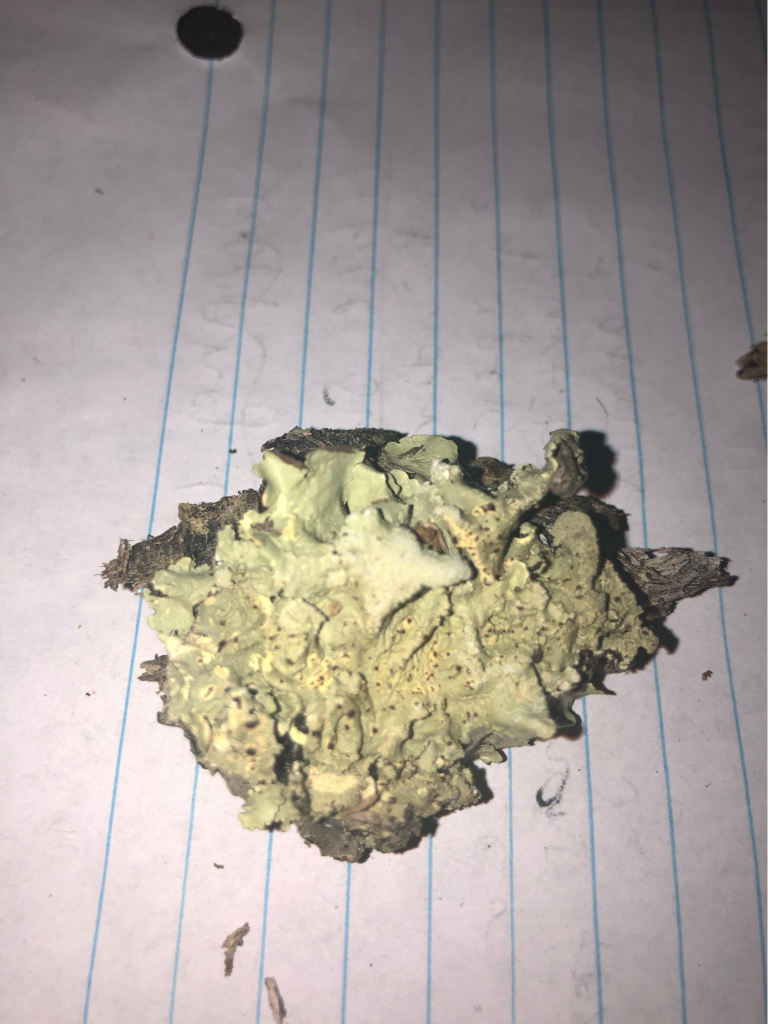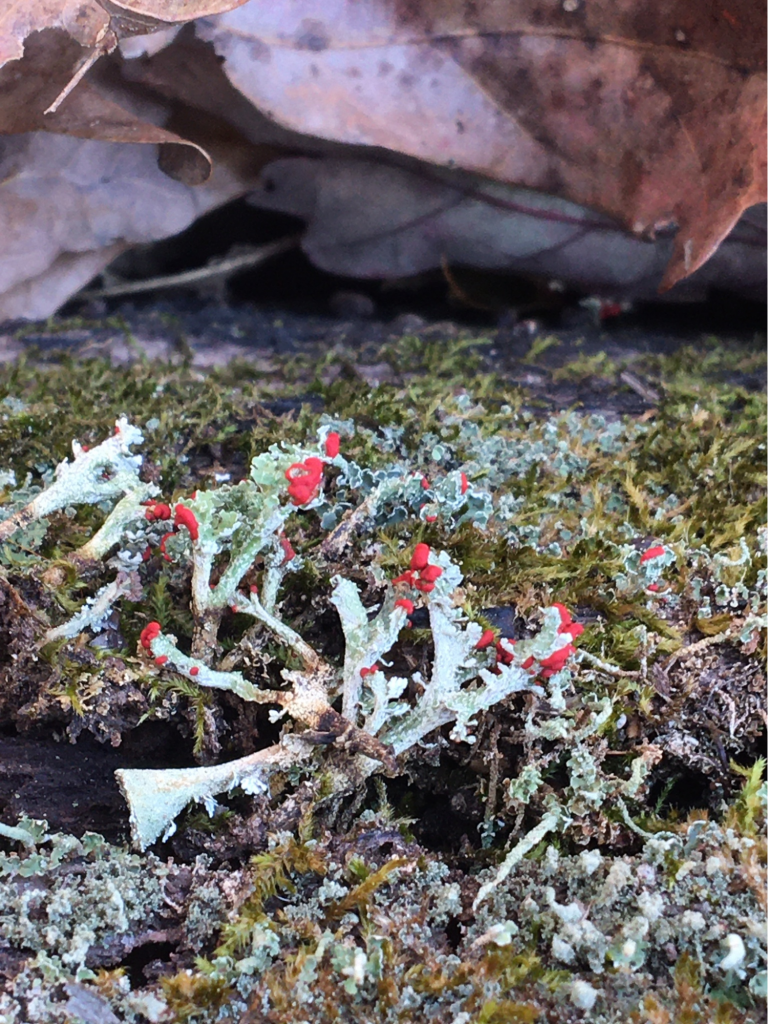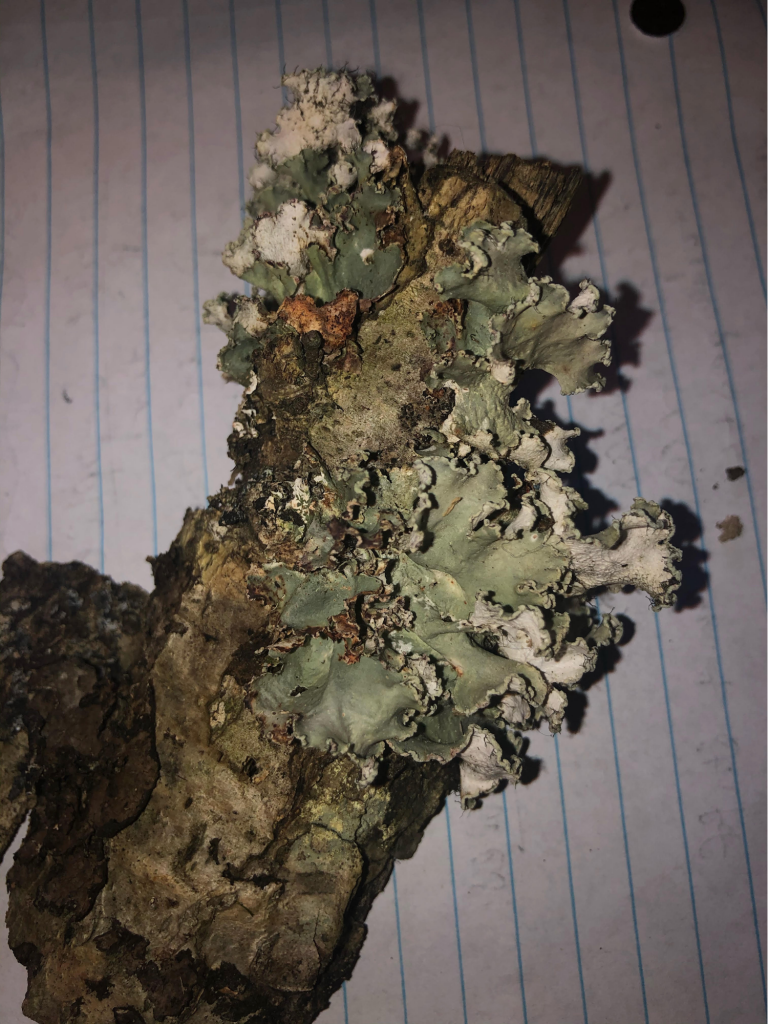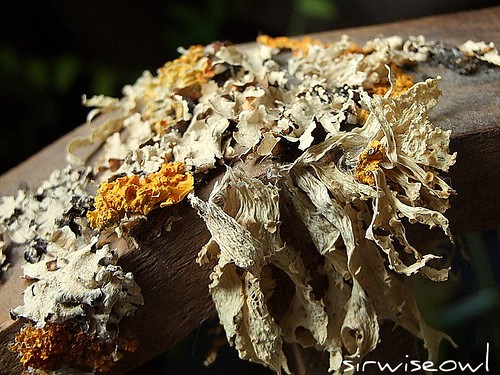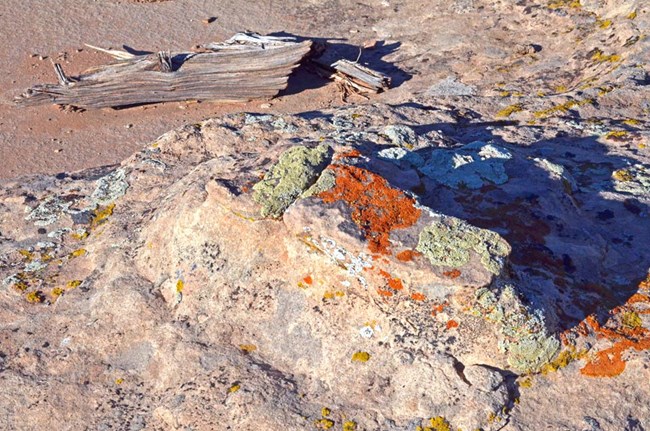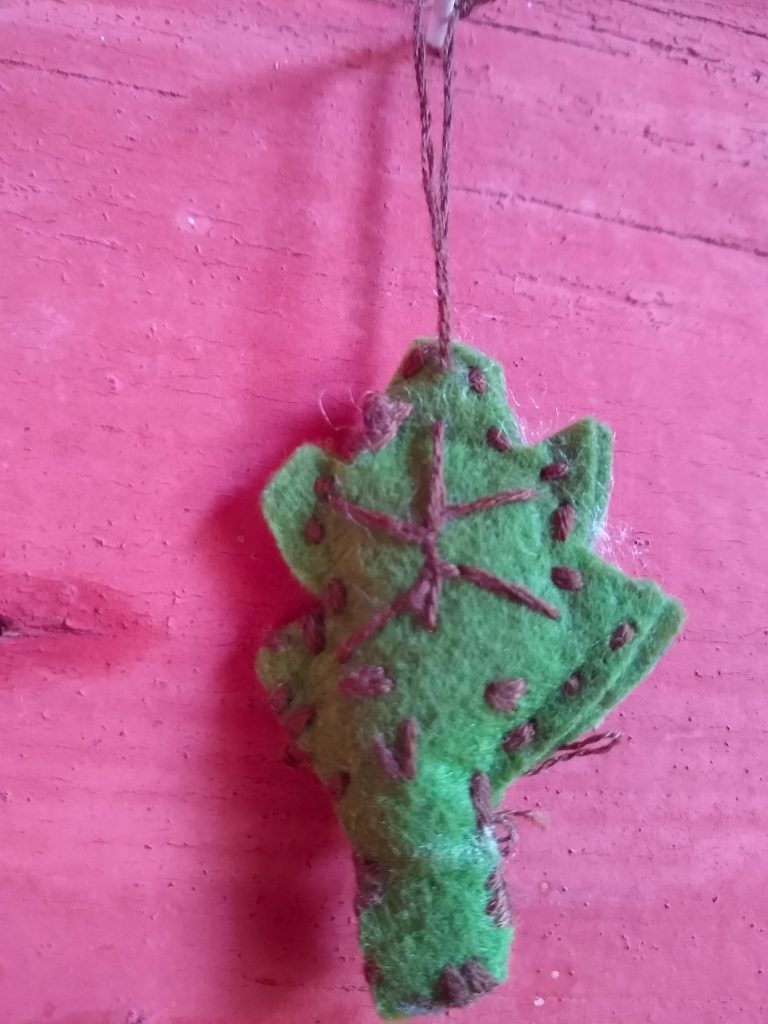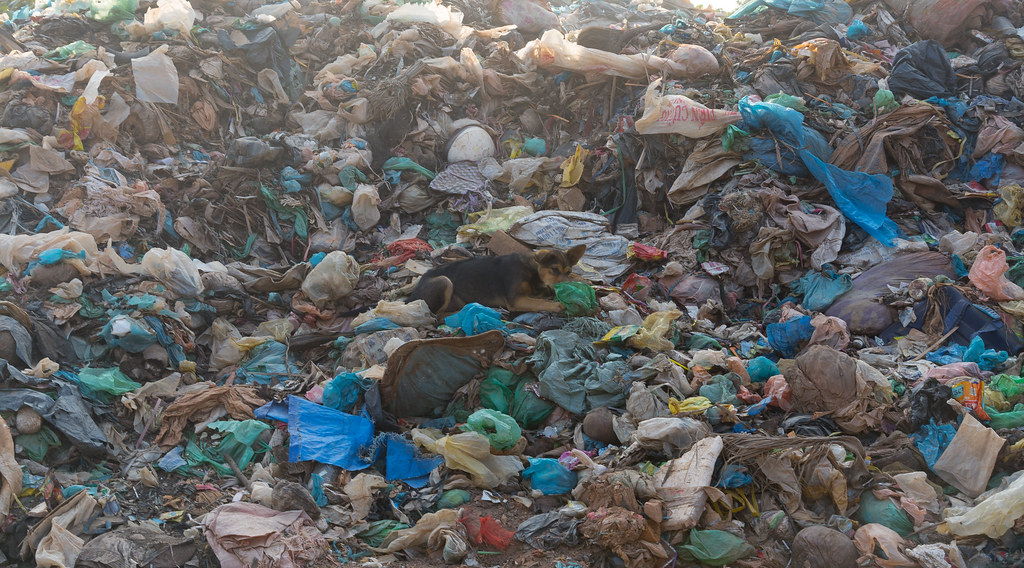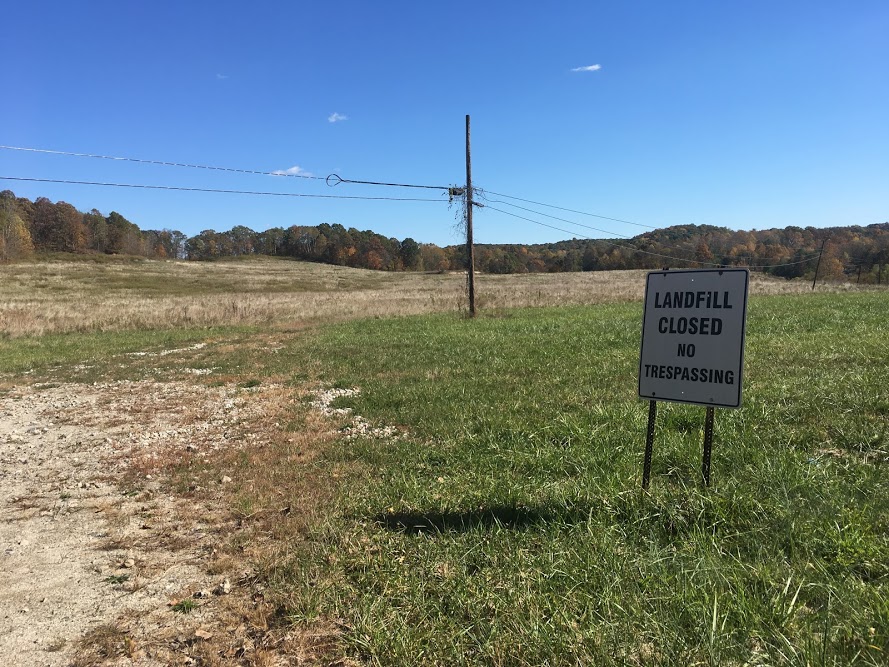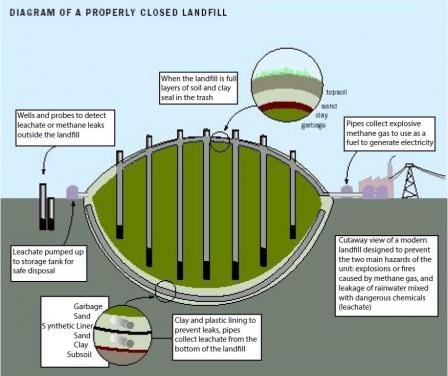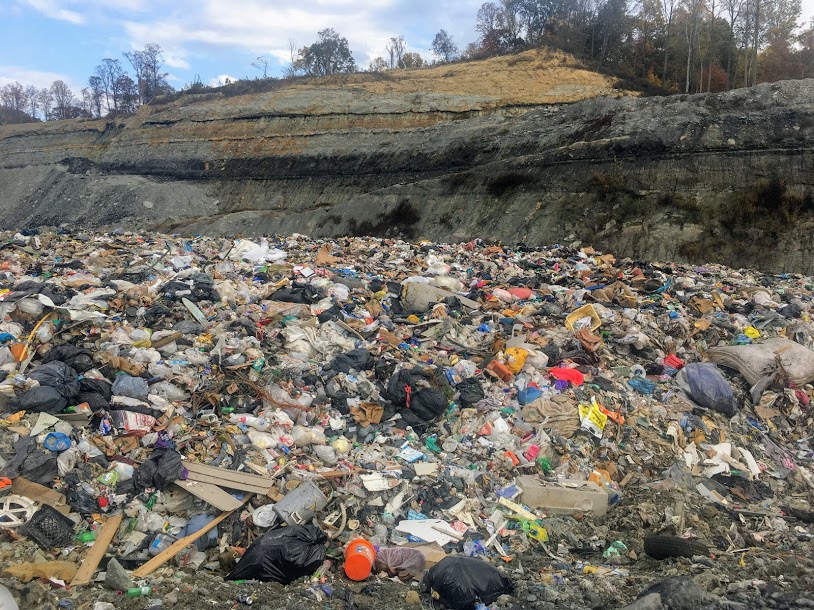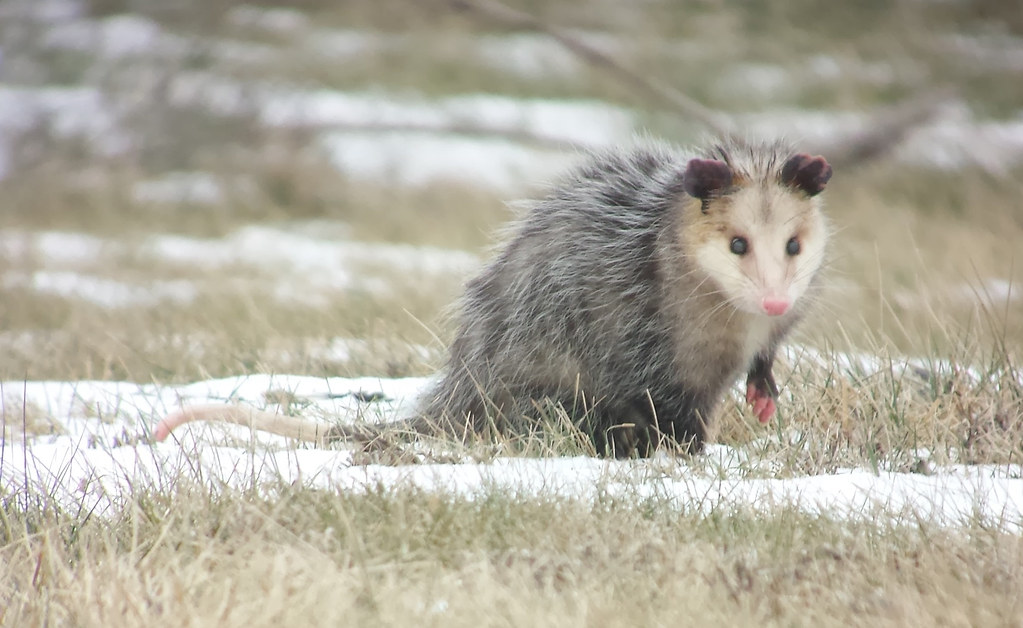
With its beady eyes, hand-like paws, and taste for trash, some people think opossums (commonly spelled “possum”) are giant rats. Maybe you’ve seen a possum lurking in your backyard at night and thought something similar. I thought raccoons and possums were the same animal for a while.
But possums aren’t rats or raccoons. They are a special type of mammal called a marsupial. And they are the only marsupial in all of North America! If that isn’t enough to make them special, possums also:
- eat ticks. Ticks latch onto our skin to suck our blood, and can give us Lyme disease.
- are highly resistant to rabies.
- are immune to certain types of snake venom.
Pretty cool for such a common critter, huh? Want to learn more about the Virginia opossum? Here are some options for exploring our backyard buddy.
Attend the virtual field trip, Friday, February 12th at 10:30 am on Zoom.
Experience what it’s like to be a possum mother by doing this activity.
Read about possum in the rest of this post, or skip ahead to a puppet video summary!
Virtual Field Trip, Feb. 12 at 10:30 am
Every Friday from 10:30 to 11-ish am, we hold a Zoom call live from the woods for anyone who wants to join. This week, we’ll be investigating Appalachia’s favorite backyard critter.
If you haven’t registered for our field trips before, register here to get the link in your email:
When you register, your registration is good for every Friday.
Teachers: Your class can join these public field trips, or contact us to set up a zoom field trip just for your classroom.
What’s a marsupial?
A marsupial is a category of mammals that carry their young in a pouch on the mother’s belly. It’s like having a built-in sweatshirt pocket on your tummy, made just for carrying your babies around.
The Virginia opossum is the only marsupial on this continent. Other continents have marsupials that look very different from a possum. Kangaroos
, wombats, and koalas are marsupials that live in Australia.
Welcome, baby possums!
A female possum will give birth to up to 25 babies, but not all of them will survive. That’s because the babies aren’t ready to enter the world as possums right after they are born. When a mama possum gives birth, her babies are the size of honeybees! They need to grow bigger to survive.
These tiny babies have to crawl inside their mother’s pouch to one of her thirteen nipples. Twelve of them are arranged in a circle, with the thirteenth in the middle. If a baby possum doesn’t make it to one of the nipples, it won’t get enough food to grow big and strong. When a baby starts suckling on a nipple, the nipple will swell in its mouth. This pins the young possum in place until it grows large enough to let go!
Our friend and educator Sarah rescued some baby possums whose mother had died while they were still in her pouch. She shared this photo. It shows what a young possum looks like before it’s ready to leave the pouch.
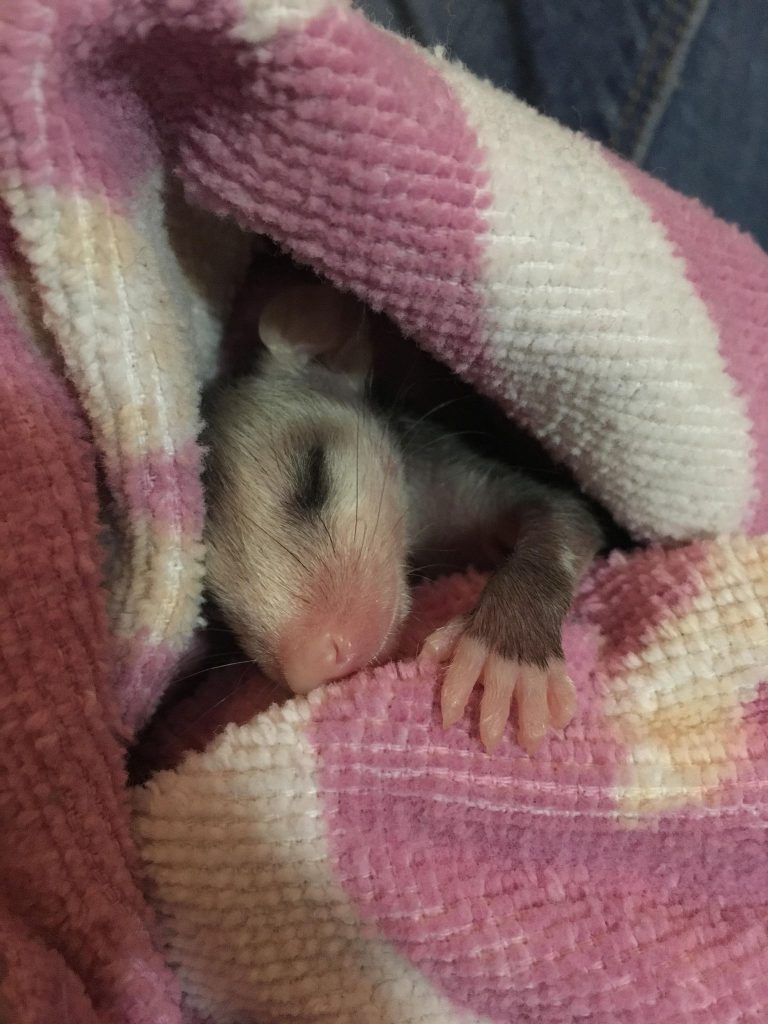
Think about how you came into this world. Did someone give birth to you and 20 siblings and hope that half of you survived? Possum mamas spread out care and resources between many offspring, knowing that only a handful will survive. Humans put all of our attention, care, and milk into usually one baby. Sometimes we have twins, or triplets, or even quadruplets! But we take care of smaller numbers of babies, working harder on each one. This makes our reproduction different from possums.
Life as a young possum
Once the baby possums grow big enough to let go of their mother’s nipples, they can crawl out of the pouch. Young possums still need their mother, but they’re ready to see the world. To do so safely, they climb up on their mother’s back and take a ride.
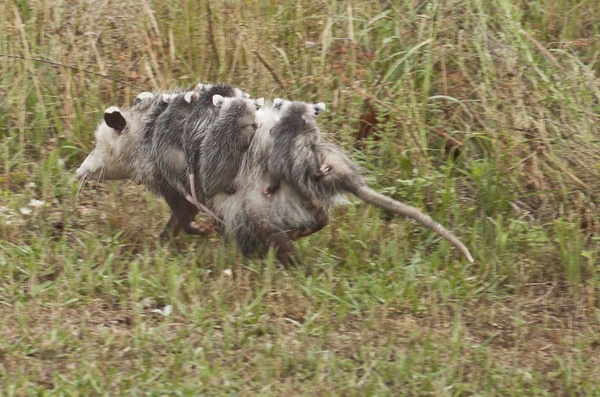
Eventually, this litter of possums will get too big to cling to their mother for a free trip across town. When her back gets crowded and the young possums fall off, they will start their own lives as adult possums. It only takes ten months for possums to reach an age where they can have babies. Quick turn around time, huh?
Your turn: Pouch pretending!
If you want to know what it’s like to be North America’s only marsupial, this activity is for you. Only a few steps stand between you and being a possum:
- Step 1: Put on a hoodie or shirt with a pocket on your stomach. If you don’t have one of these, make sure you have pants on with pockets.
- Step 2: Find out how much you weighed when you were born. You can ask your grown-ups if they know what you weighed. (If you can’t find our how much you weighed, you can use 7.5 pounds, which is the average weight of babies born.)
- Step 3: Multiply how much you weighed by 13. You can do this by hand for a math challenge, or use a calculator. A grown-up can also help you with this. Multiplying your weight by 13 will represent how much a mama possum would have to carry if she had babies your size.
- Step 4: Now you have a number. This is how much weight you have to carry as a mama possum with 13 babies. Find items around the house to carry in your hoodie or pants pocket. How much do they weigh?
Can you carry the weight of 13 babies in your tummy pocket? I doubt it. But it’s fun to pretend we are possums, isn’t it? They must have strong bodies to carry that many little ones around.
Possum preferences
Possums are nocturnal critters, sleeping during the day and moving about at night (the opposite of most humans). They choose secluded, dark places to sleep.
Opossums are scavengers, like turkey vultures, so they’ll eat roadkill and other decomposing animals. They’ll also visit our houses to check out trash cans for treats. Last year, I found three possums in my trash can next to my porch at once!
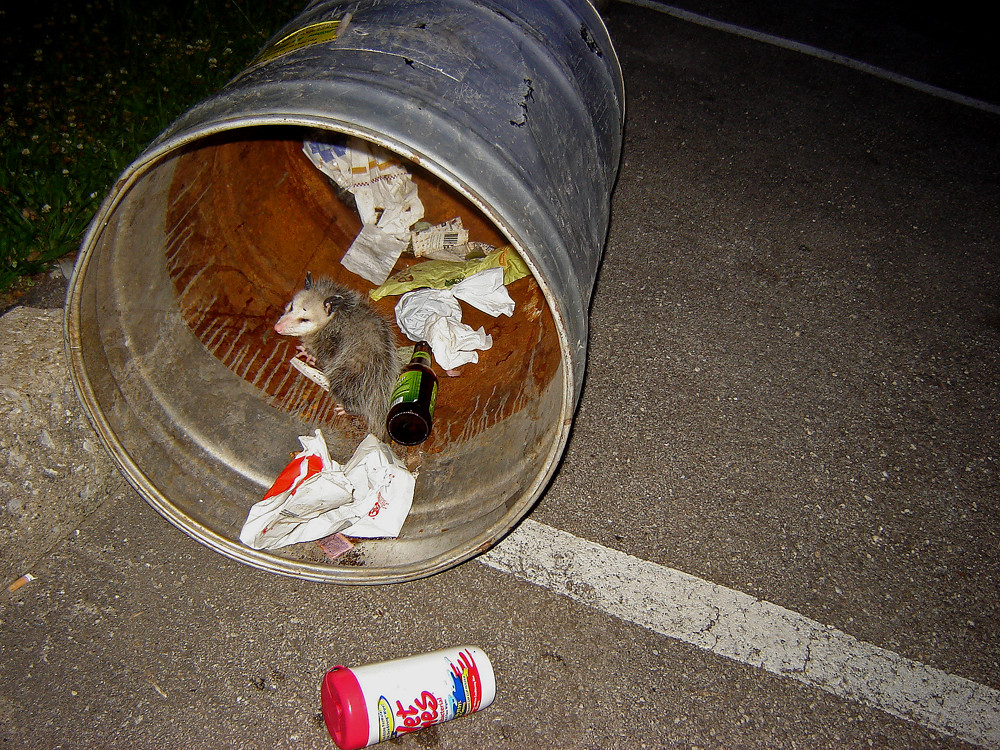
Possums don’t only eat our trash and dead animals. They will also eat grass, nuts, and fruit, and they hunt insects, mice, snakes, and birds. Some people have reported possums eating their chickens.
When possums are awake, they like to spend most of their time high in the sky in trees. Possums are fantastic tree climbers. Their sharp claws dig into bark. And their tail can wrap around branches to hold them, like an extra arm or leg.
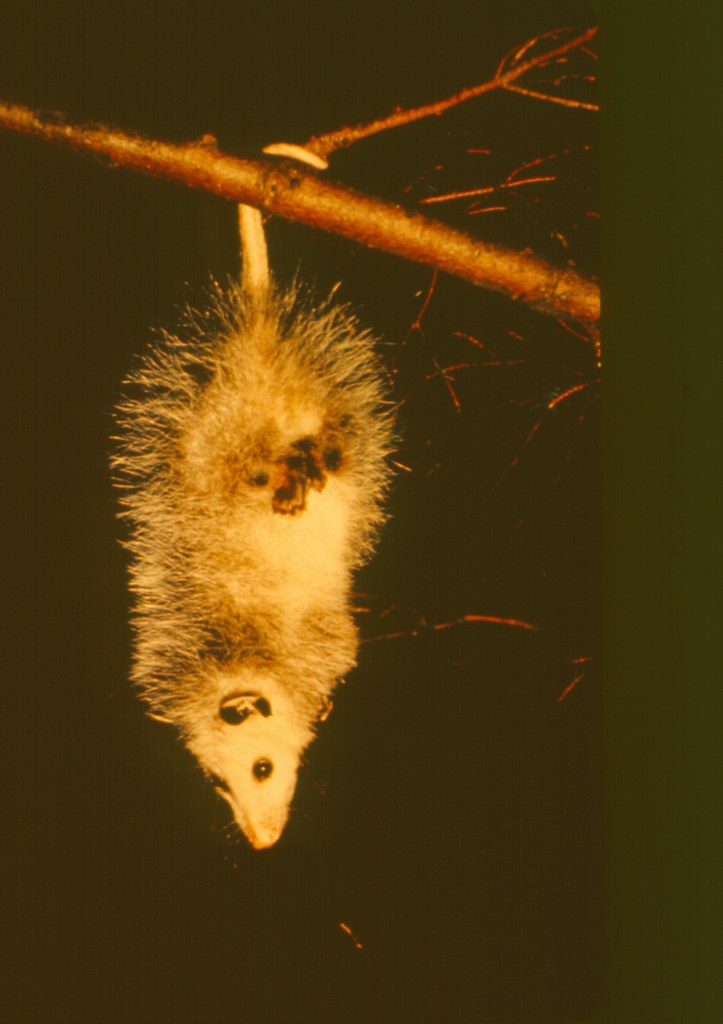
But they also like to spend their time asleep in trees. Possums can nest in hollow parts of a tree. They can also sleep in dens in the ground made by other creatures. As long as it’s dark and safe, they’re home.
Possum defense
Have you ever heard the saying “playing possum?” If you haven’t, it means you’re pretending to be dead! Which is exactly what possums do when they’re really scared. The hope is that whatever is trying to hunt it will lose interest if it thinks the possum is already dead. The possum will flop in its side and stick out its tongue. They’ll stay this way for an hour or so.
In this video, a man and his dog come across a possum pretending to be dead:
Did you hear the man say the possum could get up and hiss at him? Well, it could! Hissing and showing off their sharp teeth is another way possums defend themselves from threats. They’ll hold their mouth open to hiss and snarl at predators. This is called alligator mouth.
Another way possums can deter predators is through drooling. Possums can drip spit and blow bubbles out their nose to appear sick and unappetizing. This past summer, I was asleep in my hammock under a cherry tree and woke up because liquid kept hitting my face. I turned on my headlamp to see a scared possum drooling all over me! The next day, I drew this.
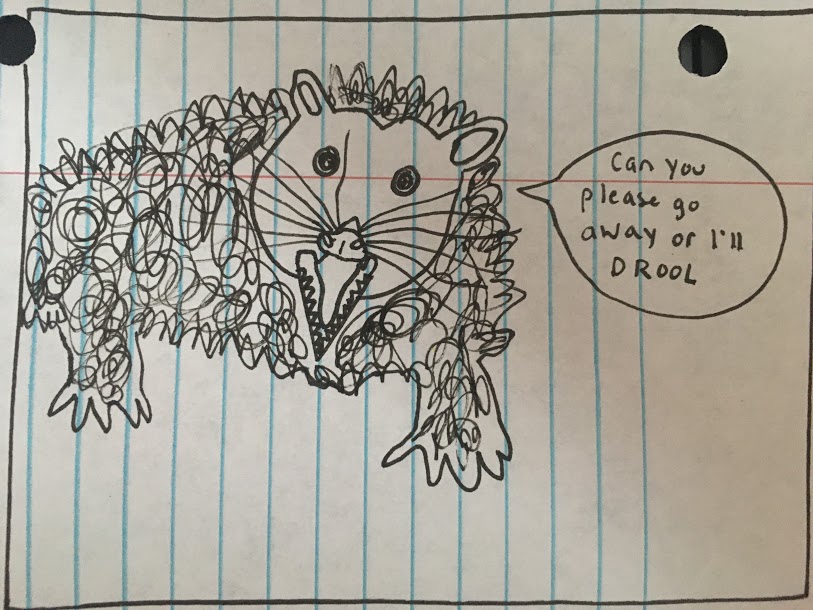
How do you protect yourself when you’re scared? Hopefully you don’t drool on people!
Let’s review!
Watch this possum puppet show for a speedy review of all things opossum!
This was a lot of possum content! But if you’re hungry for more like a possum digging in trash cans for a snack, come to the virtual field trip this Friday, 2/12 at 10:30 AM.



